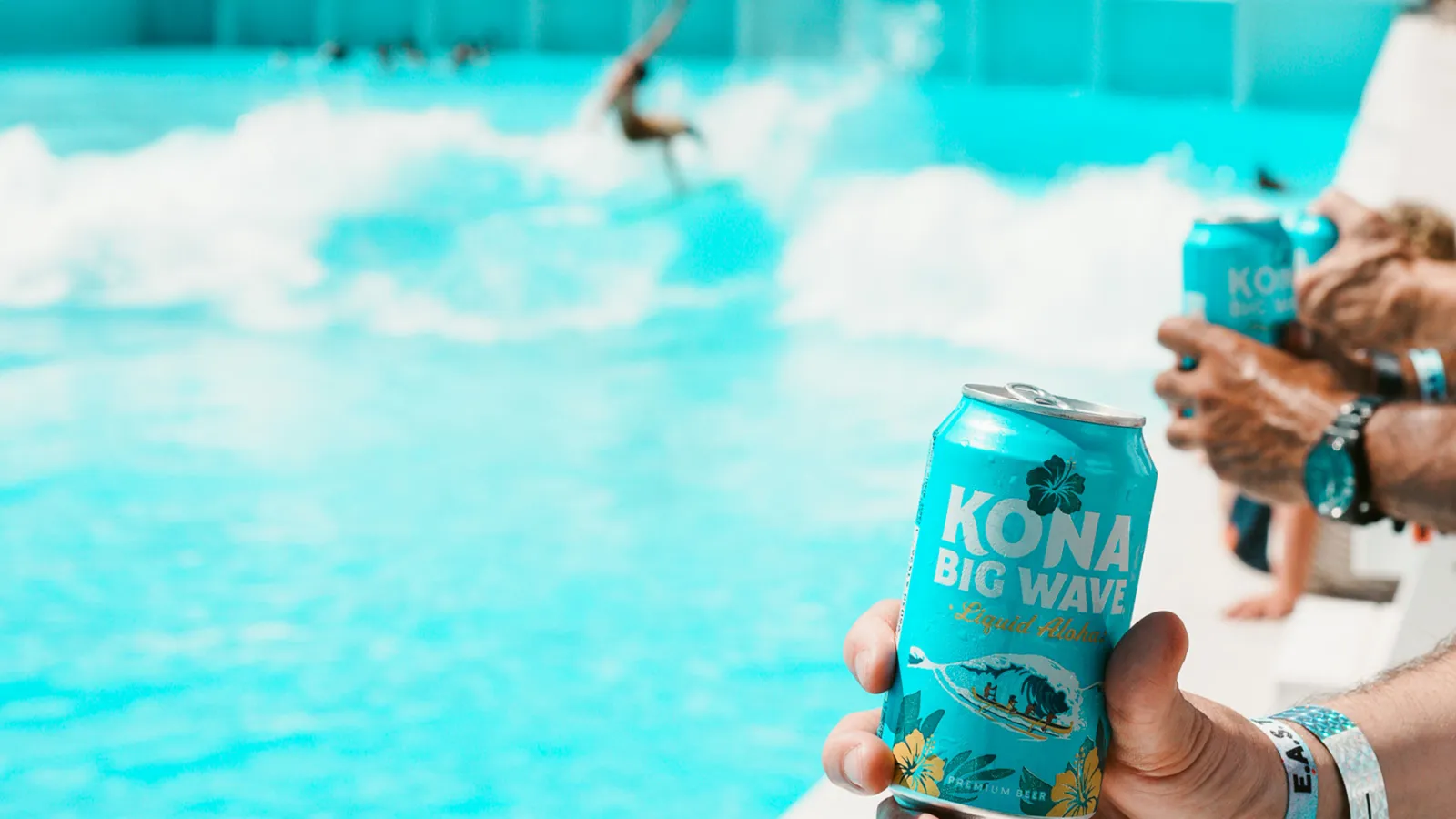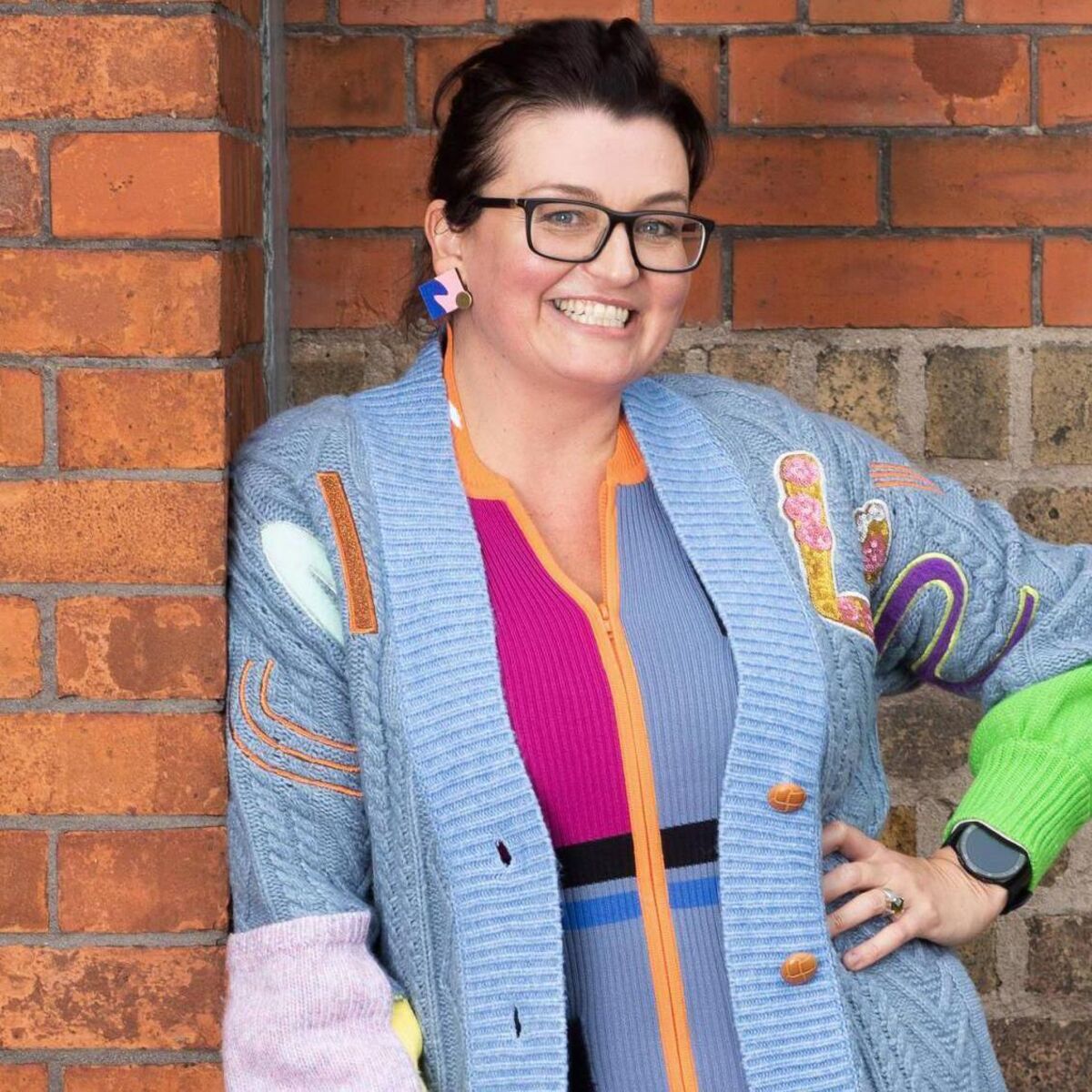Copyright Rolling Stone

If you purchase an independently reviewed product or service through a link on our website, Rolling Stone may receive an affiliate commission. For most of the world’s population, the hardest part of surfing is getting to an ocean and scoring good conditions. But that’s changing. Over the last decade, artificial wave pools have started popping up all over the world, offering waves from beginner rollers to perfect barrels anywhere, anytime. Recently, Hawaiian beer label Kona Big Wave put its support behind the wave pool movement and furthered its goal of growing the surfing community by teaming up with STAB and Vans for its EAST Festival at Palm Springs Surf Club. EAST (Electric Acid Surfboard Test) gave (semi) inlanders an opportunity to test over 100 experimental surfboards alongside pros like Mikey February, Mason Ho, Nathan Fletcher, and Tosh Tudor. If you’re looking to check out a wave pool for yourself, Palm Springs Surf Club is one of the best and most accessible options. See flights to Palm Springs here. The EAST Fest at Palm Springs Surf Club allowed beginners to get their legs (literally) and more advanced surfers to test out boards they might not be able to during prevailing ocean conditions — all while strengthening their surf community (over a few Big Wave beers, of course). “Facilities like Palm Springs Surf Club have unlocked an opportunity for surf culture to exist anywhere in the world,” Chris Jones, VP of Marketing for Premium Brands at Anheuser-Busch, tells Rolling Stone. “For Kona Big Wave, that’s an extraordinary opportunity to showcase our mission of evoking the spirit of Aloha as a refreshing reminder to connect with what matters most.” Wave pools have a mixed reputation among purists, but even professional surfers are embracing the technology as a legitimate, useful way for everyone to enjoy surfing. We talked to pro surfer Mikey February about wave pool technology and what it means for the surfing world. Here’s what he had to say: Talk about the expansion of surfing thanks to wave pools. Are there enough of them yet to make the global surf community feel any different? Wave pools are still pretty young, and it feels like it’s only the beginning! There is already such a variety of types of wave pools with different technologies, and I think it’s really exciting. All of a sudden, places that haven’t been known for surfing and didn’t have waves before have these pools, and there is a ton of excitement coming out of it. Whether it’s people doing progressive surfing with big air sections or just people learning to surf, communities are able to be exposed to surfing and take it outside of the ocean. It’s definitely exciting, and I feel like it’s another way of highlighting surfing. I feel like it’s only the beginning, and I’m sure it’s only going to get better. How would you describe the major differences between surfing a wave pool vs. an ocean to someone who isn’t very familiar with either? There are many differences between surfing in a wave pool versus the ocean. For example, a lot of wave pools use chlorine instead of saltwater. But I think the biggest difference is you’re removing that unpredictable element that you normally experience when you’re surfing in the ocean. When you’re surfing in the ocean, you’re constantly chasing the perfect wave, and everywhere is different. Wave pools also have their own variety, which is actually really interesting. In a wave pool, though, a lot of the steps you’d normally go through just to catch a wave are taken out of the equation. You know exactly where the wave is going to break. There are markers showing you where to be, and in some cases, you can even request the type of wave you want. To me, it feels more like an amusement park than anything else. But it’s definitely not the same as that natural experience you get from being in the ocean. Describing it to someone who isn’t familiar with either, I’d say the ocean is a moving body of water that has a lot going on with it. You’ve got tides or the swells that are constantly coming through, not just one way of breaking at a time, depending on the coastline shape. There are a lot of different elements, like the sand and the gradient, and I feel like when you’re out in the ocean, you can feel that. Even when you’re standing on a wave, there’s a lot more movement happening underneath your surfboard and underneath your feet, and no two waves are ever exactly the same. In wave pools, the bottom of the pool doesn’t change, and they use different settings to create what type of wave you want to catch. You kind of know what you’re going to get. But not all wave pools use the same technology. For example, Kelly Slater’s wave pool uses a train system, which is different from the ones that use pumps. The one with the train is interesting because you’re going in one direction, but you’re actually just moving backwards and forwards and not really moving diagonally, which is very different to the ocean. If a wave is going to break in a certain direction, going left or right, you’re going to cover distance left or right. But on that wave, you actually don’t, which is interesting, and you definitely feel that.



